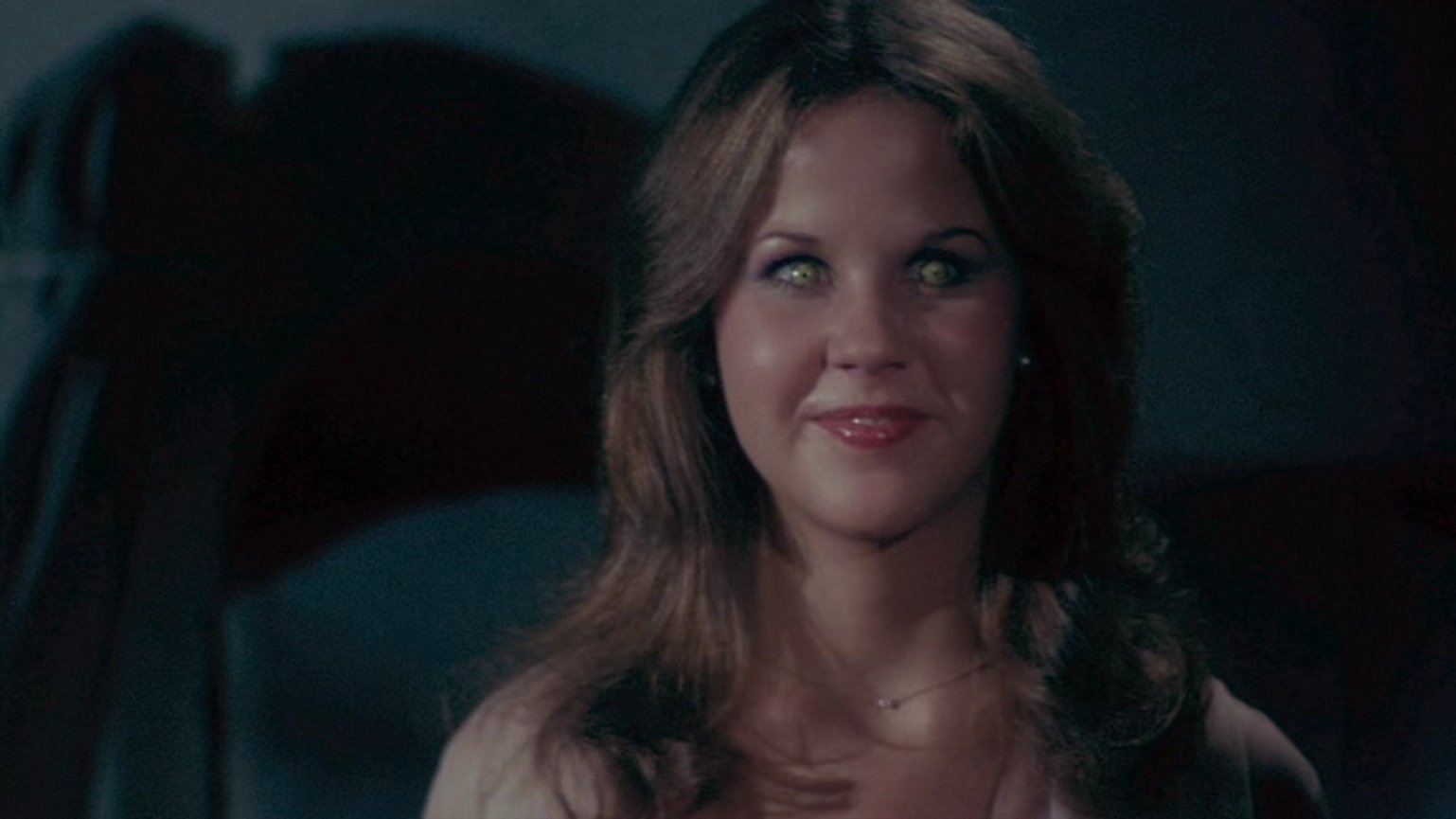
Exorcist II: The Heretic – Why It’s Cinema’s Worst Sequel
When it comes to the world of cinema, there are few sequels that have been as universally panned and reviled as The Exorcist II: The Heretic. Released in 1977, this ill-conceived follow-up to the iconic 1973 horror classic The Exorcist is widely regarded as one of the worst films ever made, a cinematic disaster that not only fails to capture the essence of its predecessor, but actively works to undermine and deconstruct it.
In this in-depth blog post, we’ll delve into the myriad of reasons why The Exorcist II: The Heretic is considered the worst sequel in the history of cinema. From its baffling creative decisions to its complete disregard for the original film’s legacy, we’ll explore the factors that contributed to this movie’s spectacular failure and its lasting impact on the horror genre.
The Backstory: A Misguided Attempt at Continuation
The story of The Exorcist II: The Heretic begins with the success of the original Exorcist film. Directed by William Friedkin and based on the novel by William Peter Blatty, the 1973 movie was a critical and commercial smash, becoming one of the highest-grossing films of all time and earning multiple Academy Award nominations, including a win for Best Adapted Screenplay.
Given the immense popularity and cultural impact of The Exorcist, it was perhaps inevitable that Warner Bros. would attempt to capitalize on the franchise’s success with a sequel. However, “no one asked for the continuation of one of the greatest films in the history of the horror genre.” The decision to greenlight a sequel was driven purely by the studio’s desire to make a quick profit, rather than any genuine creative vision or narrative necessity.
The Director’s Vision: A Misguided Attempt at Subversion
The choice of director for The Exorcist II: The Heretic was a particularly baffling one. Instead of bringing back William Friedkin or at least hiring a director with a proven track record in the horror genre, the studio opted for John Boorman, a filmmaker known for his more cerebral and unconventional approach to storytelling.
It is revealed that Boorman “hated The Exorcist” and saw the sequel as an opportunity to create a “perfect antithesis” to Friedkin’s original film. Boorman’s goal was to construct a narrative that would actively work to deconstruct and undermine the themes and structure of the first movie, rather than build upon them.
This misguided approach is evident in the film’s opening sequence, as “a scene that could easily be mistaken for a comedy sketch parodying horror movies.” Instead of creating a sense of dread and tension, Boorman’s introduction to the sequel is jarring and tonally dissonant, setting the stage for the film’s overall lack of cohesion and direction.
The Casting Conundrum: Squandering Legendary Talent
One of the most perplexing aspects of The Exorcist II: The Heretic is the way it fails to capitalize on the talents of its two lead actors, Max von Sydow and Richard Burton. Both of these legendary performers had established themselves as icons of the silver screen, with von Sydow’s portrayal of Father Merrin in the original Exorcist being particularly iconic.
However, in the sequel, these two acting titans are reduced to delivering some of the worst performances of their respective careers. The film “doesn’t take advantage of two of the greatest actors of all time” and instead relegates them to “the lowest point of their careers.”
The issues with the casting extend beyond the lead actors, as well. Linda Blair, who had delivered a career-defining performance as the possessed Regan in the first film, is also hampered by the sequel’s poor writing and direction, It’s as if she’s in the midst of “stardom syndrome” and making a lot of demands that end up undermining the character.
The Narrative Nightmare: A Convoluted and Incoherent Plot
At the heart of The Exorcist II: The Heretic’s failure is its utterly convoluted and nonsensical plot. Instead of building upon the established mythology of the first film, Boorman’s screenplay introduces a series of bizarre and confusing narrative elements that serve only to alienate and frustrate the audience.
The film’s central conceit, which revolves around a “therapeutic machine” that allows the characters to relive their past traumas, is a prime example of the sequel’s narrative missteps. This device is more akin to “the worst kind of science fiction” than a natural extension of the original film’s supernatural horror.
The way the film handles the character of Regan, the young girl possessed by the demon Pazuzu in the first movie, is also deeply problematic. Rather than exploring the long-term psychological and emotional impact of her ordeal, the sequel reduces her to a passive, almost catatonic figure, is the “worst role” of Linda Blair’s career.
The overall editing and pacing of the film are also major issues, noting that “scene by scene, it doesn’t make sense.” The disjointed nature of the narrative, combined with the film’s tonal shifts, creates a viewing experience that is more frustrating than engaging.
The Musical Misfire: Ennio Morricone’s Wasted Talent
One of the most surprising and disappointing aspects of The Exorcist II: The Heretic is the involvement of legendary composer Ennio Morricone. Known for his iconic scores in films like The Good, the Bad and the Ugly and Once Upon a Time in the West, Morricone’s participation in the sequel was seen as a major coup for the production.
However, it is pointed out that Morricone “had no idea what he was getting into” when he signed on to compose the film’s music. It is explained that Morricone’s “enchanting” score, which was likely inspired by the success of the original Exorcist film, simply does not fit the tone and content of the sequel, creating a jarring disconnect between the visuals and the audio.
This mismatch between Morricone’s score and Boorman’s vision for the film is yet another example of the sequel’s fundamental lack of cohesion and direction. I aptly summarizes the issue, stating that “when you apply Ennio Morricone’s music to the images of that film, it just doesn’t work. It’s the antithesis of what the first film was.”
The Legacy of Failure: A Cautionary Tale for Sequels
The disastrous reception and lasting impact of The Exorcist II: The Heretic serve as a cautionary tale for filmmakers and studios looking to capitalize on the success of a beloved franchise. Eloquently sums up the film’s legacy, stating that it “has a first week that is very good at the US box office, of course, because of the legacy of The Exorcist. And then it has what is considered the worst word-of-mouth marketing ever recorded in the history of US cinema.”
This rapid decline in audience interest, driven by the film’s overwhelmingly negative critical reception and dismal word-of-mouth, is a testament to the dangers of straying too far from the core elements that made the original film a success. “If you create a franchise, deliver to the audience in part 2, part 3, something very similar to what they saw in the first one. Even if they accuse you of lack of originality, the audience wants to see at least that.”
The failure of The Exorcist II: The Heretic has had a lasting impact on the horror genre, serving as a cautionary tale for filmmakers and studios alike. It’s a stark reminder that a sequel must respect and build upon the foundation laid by its predecessor, rather than attempting to subvert or deconstruct it in a misguided pursuit of originality.
A Cinematic Disaster That Endures
In the end, The Exorcist II: The Heretic stands as a prime example of how not to approach a sequel. From its baffling creative decisions to its complete disregard for the original film’s legacy, this movie is a textbook case of how to squander the goodwill and excitement of a beloved franchise.
It is stated that “I really hate every second of The Exorcist II. The worst sequel in the history of cinema, considering the weight of the predecessor, and also one of the worst films of all time.” It’s a sentiment that has been echoed by countless critics and film enthusiasts over the years, cementing the sequel’s place as a true cinematic disaster.
For those interested in delving deeper into the behind-the-scenes drama and creative missteps that led to the making of The Exorcist II: The Heretic. And for more insightful film commentary, be sure to visit our Facebook page, X (Twitter), and Instagram.
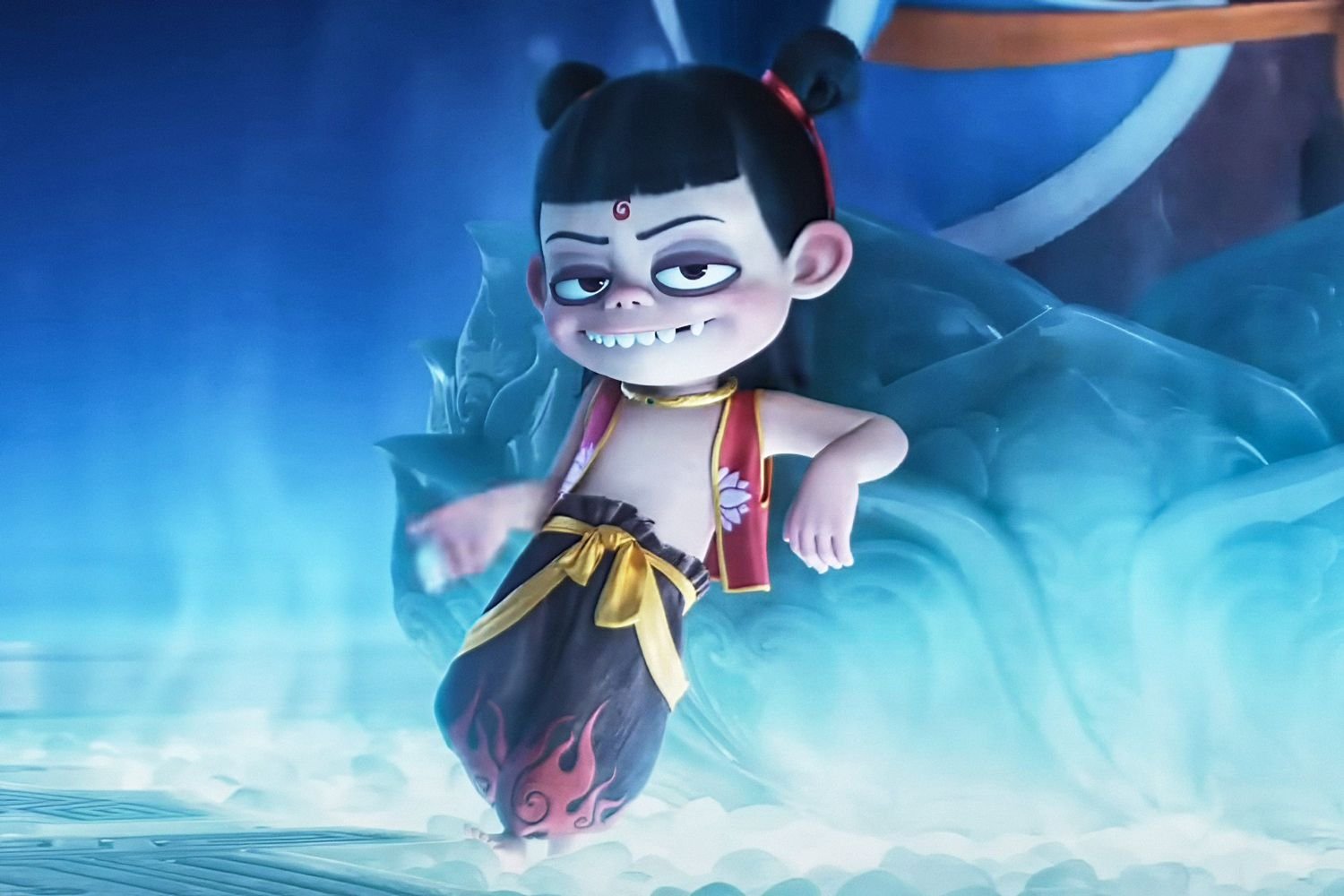
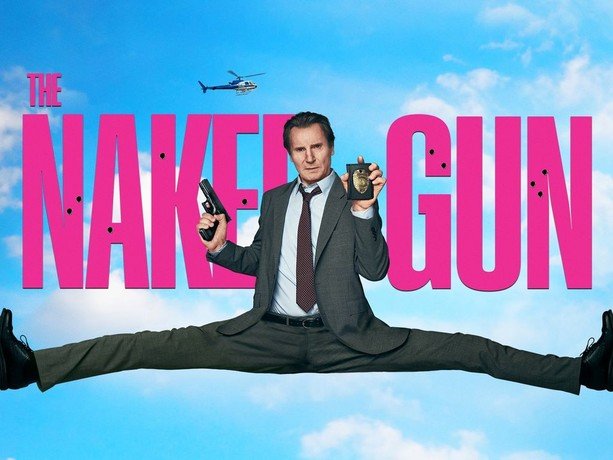








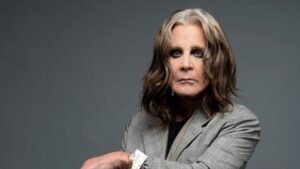
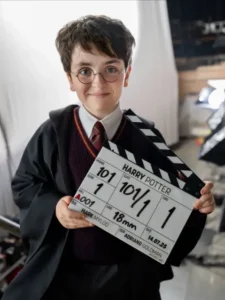

Publicar comentário